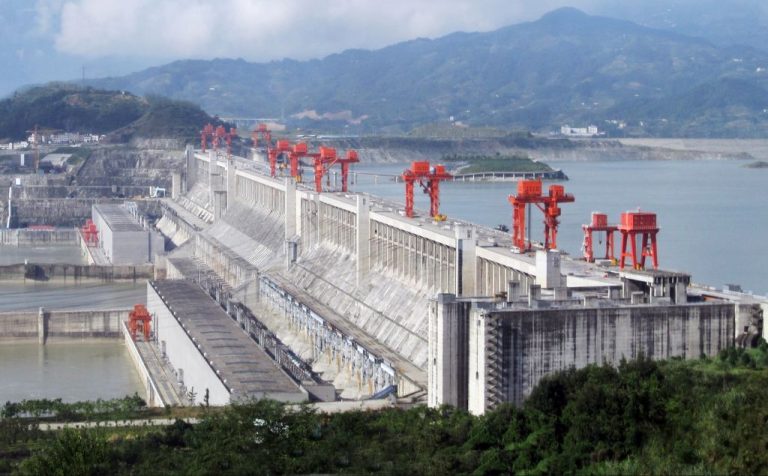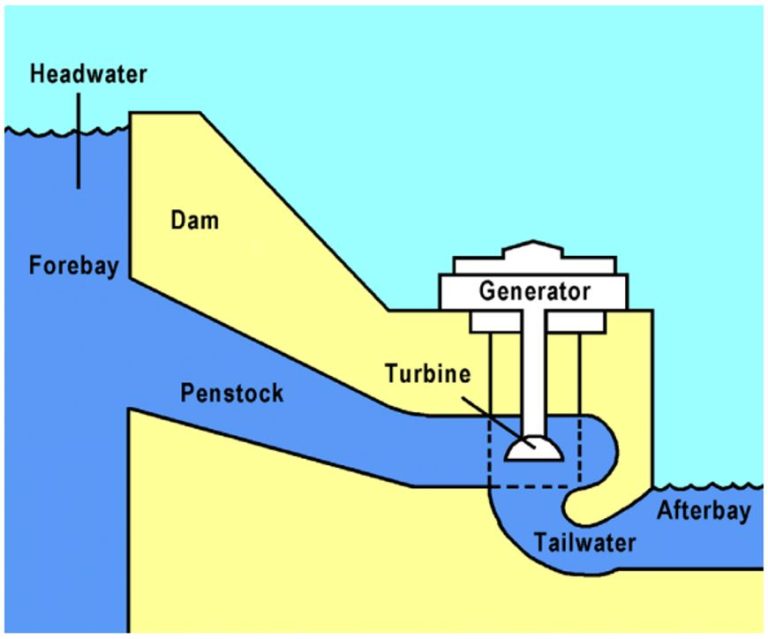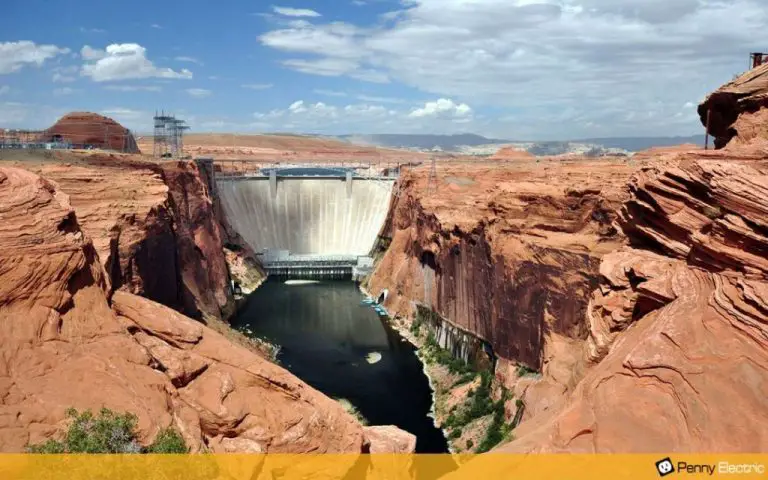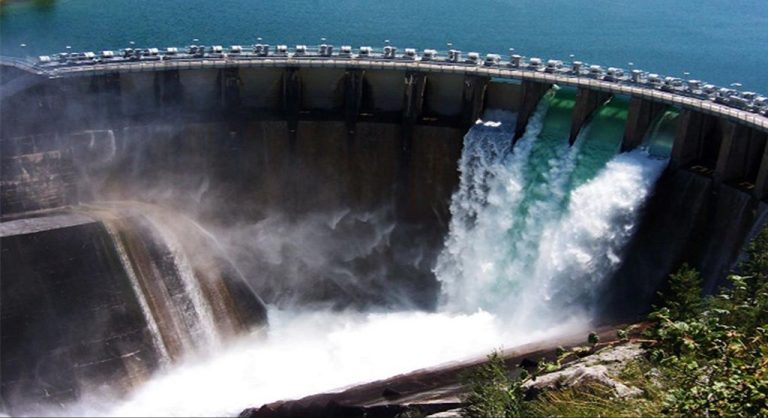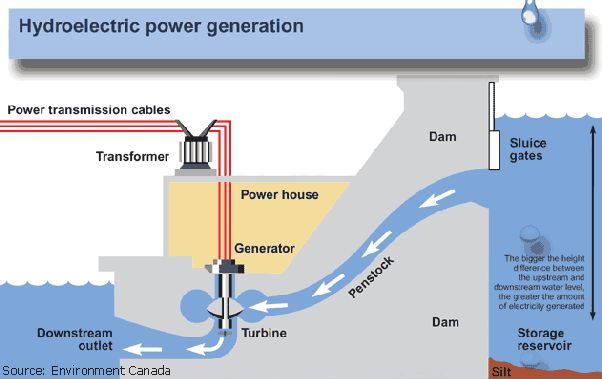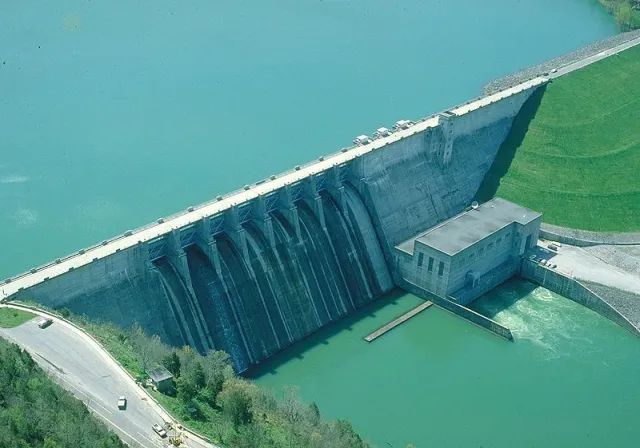What Is The Most Powerful Dam In The World?
Dams are an important source of hydroelectric power around the world. Hydroelectric dams harness the energy from flowing water to generate electricity that powers homes, businesses, and industries. But not all dams are created equal – some generate far more power than others. The most powerful dams in the world are engineering marvels that utilize their incredible size and capacity to produce massive amounts of renewable electricity.
The power of a hydroelectric dam depends on several factors, including the volume of water flow, the height of the dam wall, and the size of the reservoir. The largest and tallest dams with the greatest water flows have the potential to generate the most electricity. The immense Three Gorges Dam in China is considered the most powerful hydroelectric dam in the world based on its enormous energy output.
This article will examine the history, specifications, and controversies surrounding the Three Gorges Dam. We’ll also look at other mega dams around the world and discuss why powerful dams are so important.
Hydroelectric Power
Hydroelectric power is generated using the energy from moving water. Dams are built to harness the kinetic energy from rivers or waterfalls to produce electricity. The dam stores water in a reservoir and controls the flow of water through turbines and generators (Source).
The process begins when water from the reservoir flows through intake gates and pipelines down to the turbines. The rushing water spins the turbine blades which rotate a shaft connected to a generator. As the shaft spins, it converts the mechanical energy into electrical energy through electromagnetism. The faster the turbine spins, the more electricity is generated (Source).
The power generation capacity of a hydroelectric dam refers to the maximum electric output it can produce, measured in megawatts (MW). Larger dams with bigger reservoirs and more water flow can accommodate larger turbines and generate more electricity. The Three Gorges Dam in China has the highest power generation capacity in the world at 22,500 MW.
The Three Gorges Dam
The Three Gorges Dam in China is considered the world’s most powerful hydroelectric dam. Located on the Yangtze River in Hubei province, China, the Three Gorges Dam is the largest hydroelectric project ever built. Construction began in 1994 and was fully completed in 2012 after nearly 20 years of work. At 7,661 feet long and 607 feet high, the Three Gorges Dam is a marvel of modern engineering (Encyclopedia Britannica).
The dam’s 32 turbines generate a massive 22,500 megawatts of electricity, nearly double the power generation of the next largest hydroelectric facility, Brazil’s Itaipú Dam. The reservoir created by the dam is over 370 miles long and spans an area of over 400 square miles. The project was hugely controversial but provides flood control, increased shipping capacity on the Yangtze River, and clean hydroelectric power to China’s massive population (USGS). Overall, the Three Gorges Dam showcases China’s engineering capabilities and drive to harness natural resources for power generation.
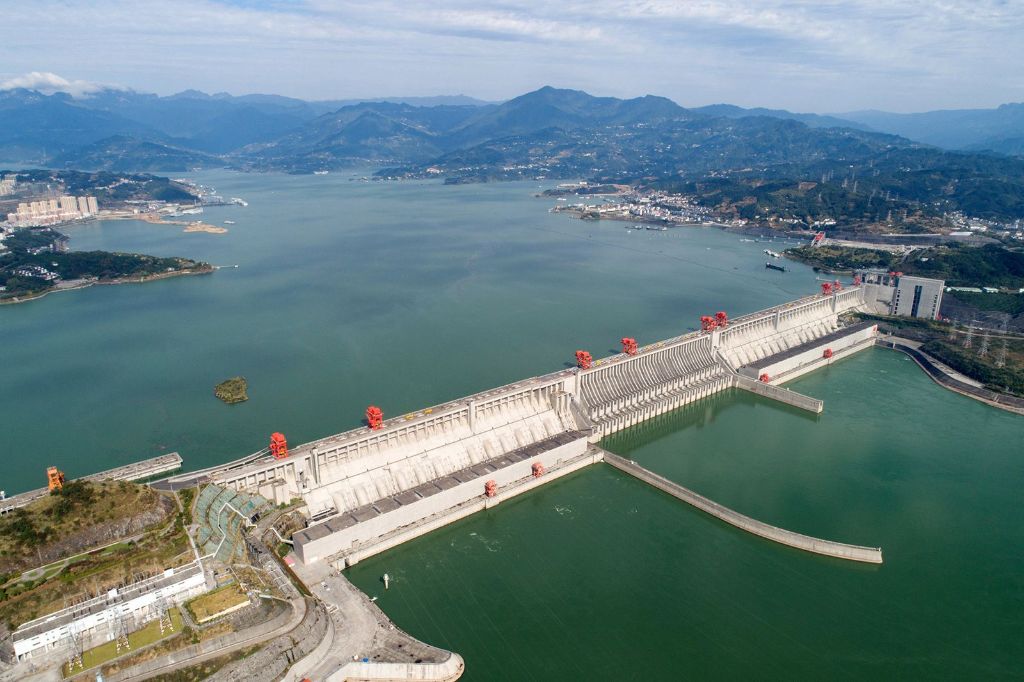
History
The idea for the Three Gorges Dam originated in a 1919 proposal from Sun Yat-sen, who believed the dam could help control flooding on the Yangtze River. However, initial surveys did not begin until the 1930s and plans were stalled due to the Japanese invasion in 1937. Work did not resume until 1944, but was again stopped due to the Chinese Civil War from 1945–1949. The Chinese Communist Party took over the project in 1953, but progress was slow due to political unrest. Finally in 1992, the National People’s Congress approved the dam and construction began in 1994 [1].
The primary purpose of the Three Gorges Dam was flood control, but it also aimed to generate power, increase shipping capacity, and supply water to nearby cities. Construction was completed by the China Yangtze Three Gorges Project Corporation in 2006, finishing ahead of the projected 2009 schedule. The reservoir began filling in 2003 and reached its maximum height of 175 meters in 2009 [2]. In 2012, the last of the dam’s 32 generators was installed, allowing it to reach its full 22,500 MW capacity [3]. The Three Gorges Dam took over 17 years and 28.5 million cubic meters of concrete to construct. It spans 2.3 km wide and stands 185 m tall, making it one of the world’s largest dams.
Specifications
The Three Gorges Dam is an enormous structure spanning the Yangtze River in Sandouping, Yichang, Hubei, China. At 7,660 feet long and 607 feet high, it is one of the largest dams in the world.
The dam was designed to serve three primary functions: flood control, hydroelectric power generation, and increased navigation capacity on the Yangtze River. To accomplish these goals, the dam includes:
- A spillway 4,520 feet long and 980 feet wide, which enables excess water to be released from the reservoir.
- 32 main turbines, each capable of generating 700 megawatts of power.
- A five-stage ship lock capable of lifting vessels of up to 10,000 tons.
- The reservoir formed by the dam has a total storage capacity of 39.3 cubic kilometers.
With an installed generation capacity of 22,500 megawatts, the Three Gorges Dam is the largest hydroelectric power station in the world by far. The dam produces an average of 95-100 terawatt-hours of electricity per year, enough to meet the annual energy needs of over 50 million people.
The immense size and capacity of the Three Gorges Dam make it unmatched in the world in terms of hydroelectric power generation (https://en.wikipedia.org/wiki/Three_Gorges_Dam). Its specifications reflect the monumental scale of the project.
Impact
The Three Gorges Dam has had major economic and environmental impacts since its construction. On the economic side, the dam generates enormous amounts of electricity, providing power to major cities like Shanghai and Chongqing (Source 1). It has also improved navigation and shipping capabilities along the Yangtze River, allowing large cargo vessels to reach inland ports like Chongqing more easily (Source 2). However, the dam has caused widespread environmental damage. Its massive reservoir flooded many towns, villages, and agricultural areas, displacing over 1.2 million people (Source 3). It disrupted the habitat and migration patterns of many plant and animal species, pushing some endangered species closer to extinction. The dam has also caused erosion, landslides, and water pollution problems downstream. While it provides economic benefits, the environmental impacts of the Three Gorges Dam have been devastating.
Controversies
The Three Gorges Dam has been mired in controversy since its inception. Critics argued the dam would negatively impact the environment, displace millions of people, and destroy invaluable cultural heritage sites (Encyclopedia Britannica).
Environmental groups warned the dam would contribute to erosion, pollution, landslides, and seismic activity in the area. The weight of the reservoir’s water puts additional pressure on the land, increasing the risk of landslides (Scientific American). This has already led to numerous landslides around the reservoir.
The reservoir also flooded major archeological and cultural sites, displacing over 1.3 million people in the process. The flooding destroyed priceless cultural heritage sites dating back over 1,000 years. Additionally, the changes to the ecosystem threaten endangered plant and animal species in the region.
Critics argued the dam’s benefits in terms of flood control, hydropower, and navigation did not outweigh the social and environmental costs. However, the Chinese government asserted the dam was vital for economic development and moved forward despite the controversies.
Other Notable Dams
While the Three Gorges Dam is the most powerful dam in the world, there are several other massive dams across the globe that are also noteworthy for their immense size and generating capacity.
The Itaipu Dam on the Parana River bordering Brazil and Paraguay is the second largest hydroelectric dam in the world, with a generating capacity of 14,000 megawatts. Construction was completed in 1984 after 7 years of work (Source).
The Xiluodu Dam in China, completed in 2014, has a generating capacity of 13,860 megawatts. This dam utilizes a unique double-curvature arch design (Source).
The Baihetan Dam, also in China, began generating power in 2021 and has a capacity of 16,000 megawatts, making it the second largest hydroelectric power station in the world. It spans the Jinsha River using a 289m tall concrete double-arch dam (Source).
While not as large as the Three Gorges, these dams demonstrate the immense scale and capacity of modern hydroelectric projects around the world.
Importance of Dams
Dams provide many benefits that make them an important infrastructure investment despite controversies surrounding their construction. Some of the key reasons large dams continue to be built include:
Irrigation – Dams store huge amounts of water needed for irrigating croplands. The reservoirs behind dams allow consistent irrigation even during dry seasons or droughts. This leads to improved agricultural yields and food security (https://graconllc.com/advantages-of-dams/).
Flood Control – Dams help control flooding by regulating river flows and providing flood storage capacity. They prevent catastrophic damage to properties and loss of life downstream during heavy rains or snowmelts (https://byjus.com/biology/advantages-of-dams/).
Hydropower – Dams allow generating emissions-free electricity through hydropower turbines. Hydropower is a stable, renewable energy source that provides electricity access and supports economic growth (https://www.mdpi.com/2071-1050/11/10/2965).
Water Storage – Dam reservoirs store water for drinking, industrial uses, agriculture, and maintaining minimum streamflows during dry months.
Recreation – Reservoirs behind dams create new lakes and opportunities for activities like boating, fishing, and swimming.
While large dams lead to concerns like habitat destruction, displaced populations, and altered river flows, governments continue investing in dams for managing water resources and promoting socioeconomic development.
Conclusion
In conclusion, dams are massive engineering projects that harness the power of moving water for electricity production and flood control. The Three Gorges Dam on China’s Yangtze River is currently the world’s largest and most powerful hydroelectric dam. Completed in 2006 after decades of construction, it spans nearly a mile and a half across the Yangtze River and stands over 600 feet tall. With a massive reservoir holding nearly 40 cubic kilometers of water, the Three Gorges Dam has a staggering capacity to generate 22,500 megawatts of electricity. However, a project of this scale has inevitably caused major environmental and social impacts, including relocating over a million people and contributing to droughts and landslides downstream. While controversial, advocates argue the benefits in clean electricity production, flood control, and improved navigation outweigh the costs. Looking forward, dams will continue playing a vital role in infrastructure and renewable energy projects across the globe, but more sustainable designs and mitigation strategies will be needed to reduce their environmental footprint.

